Professor Discovers and Drinks the Oldest Water on Earth and This Is What Happened
A professor who discovered the oldest water ever found on Earth decided to drink the water — and uncovered surprising details in the process.
This discovery occurred in 2016 as the professor and her team were studying a Canadian mine. This water finding currently remains the oldest water ever discovered on Earth, thus far.
Finding Ancient Water
In 2016, Professor Barbara Sherwood Lollar led a team of geologists to a Canadian mine to study the area. During this search, she and her team uncovered this very old water.
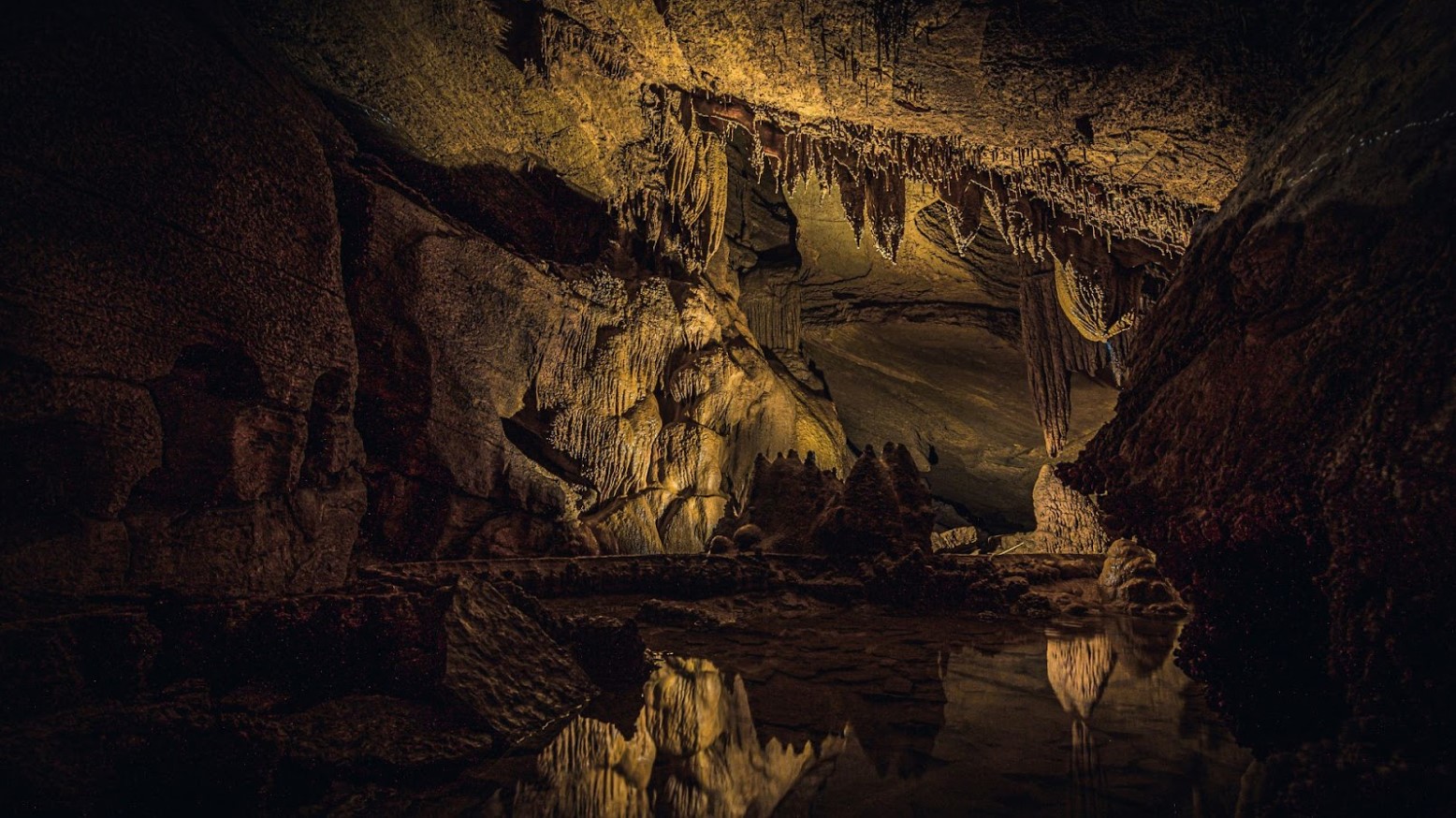
Source: Jed Owen/Unsplash
This ancient water was flowing about three kilometers below the Earth’s surface. Tests were immediately done to try to uncover just how old it was.
Billion-Year-Old Water
According to Sherwood Lollar and her team, this water is the oldest water ever found on Earth. Test results have proven that the water is anywhere between 1.5 billion and 2.6 billion years old.
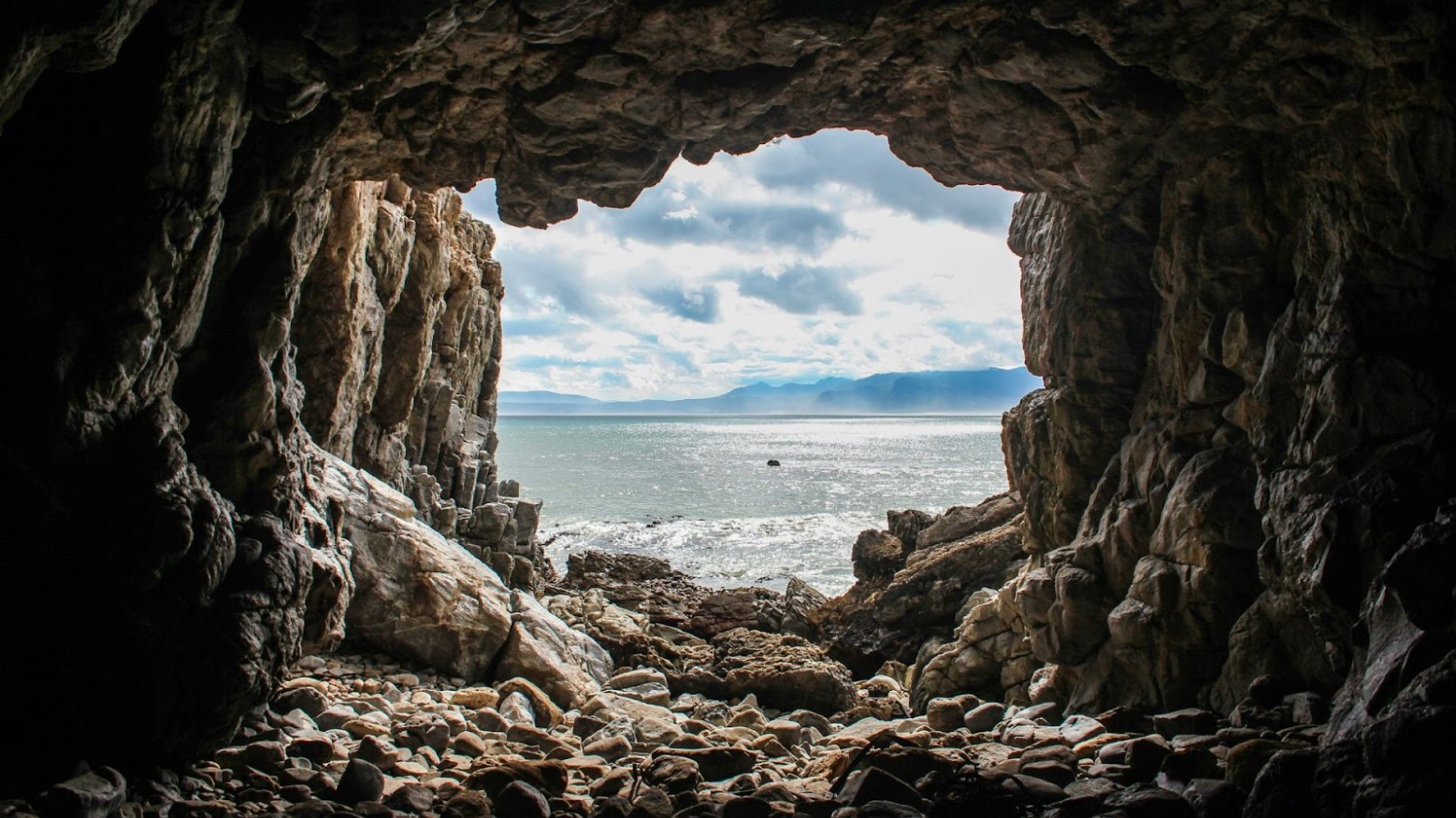
Source: Devon Janse van Rensburg/Unsplash
Interestingly, the water was flowing quite normally under the Earth’s surface. Many initially assume, when they’re looking for old water, that they will only find a small amount. That wasn’t necessarily the case here.
A Large Volume of Old Water
The professor and her team discussed this remarkable discovery by explaining what people normally think they’ll find when discovering archaic water.
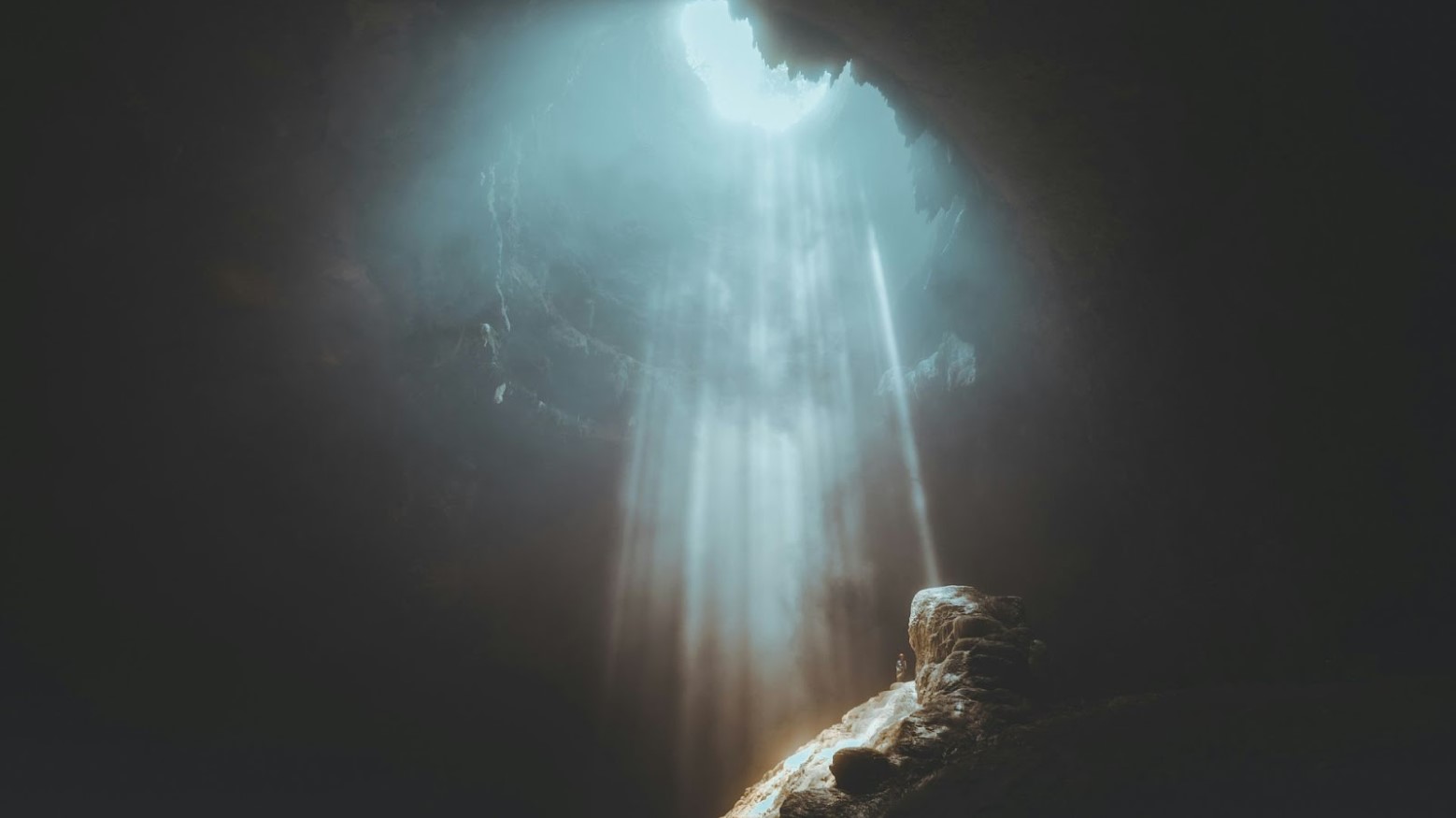
Source: Iswanto Arif/Unsplash
“When people think about this water they assume it must be some tiny amount of water trapped within the rock,” Sherwood Lollar explained.
Flowing, Bubbling Water
That wasn’t the case with this discovery. Instead of only finding a small amount of water stuck in a rock, Sherwood Lollar’s team was able to uncover quite a lot of flowing, bubbling water. This shocked them.

Source: Ezra Jeffrey-Comeau/Unsplash
Sherwood Lollar added, “But in fact it’s very much bubbling right up out at you. These things are flowing at rates of liters per minute – the volume of the water is much larger than anyone anticipated.”
Drinking the Water
Once this water was discovered, the team made the decision to drink the water. Rather remarkably, the professor was able to find out some much-needed details by drinking this ancient water.

Source: Pixabay/Pexels
After tasting it, Sherwood Lollar explained that it was “very salty and bitter.” She also added that it was “much saltier than seawater.”
What Older Water Tastes Like
However, this terrible taste only encouraged the team. This is because, on average, saltier water tends to mean that the water is older.
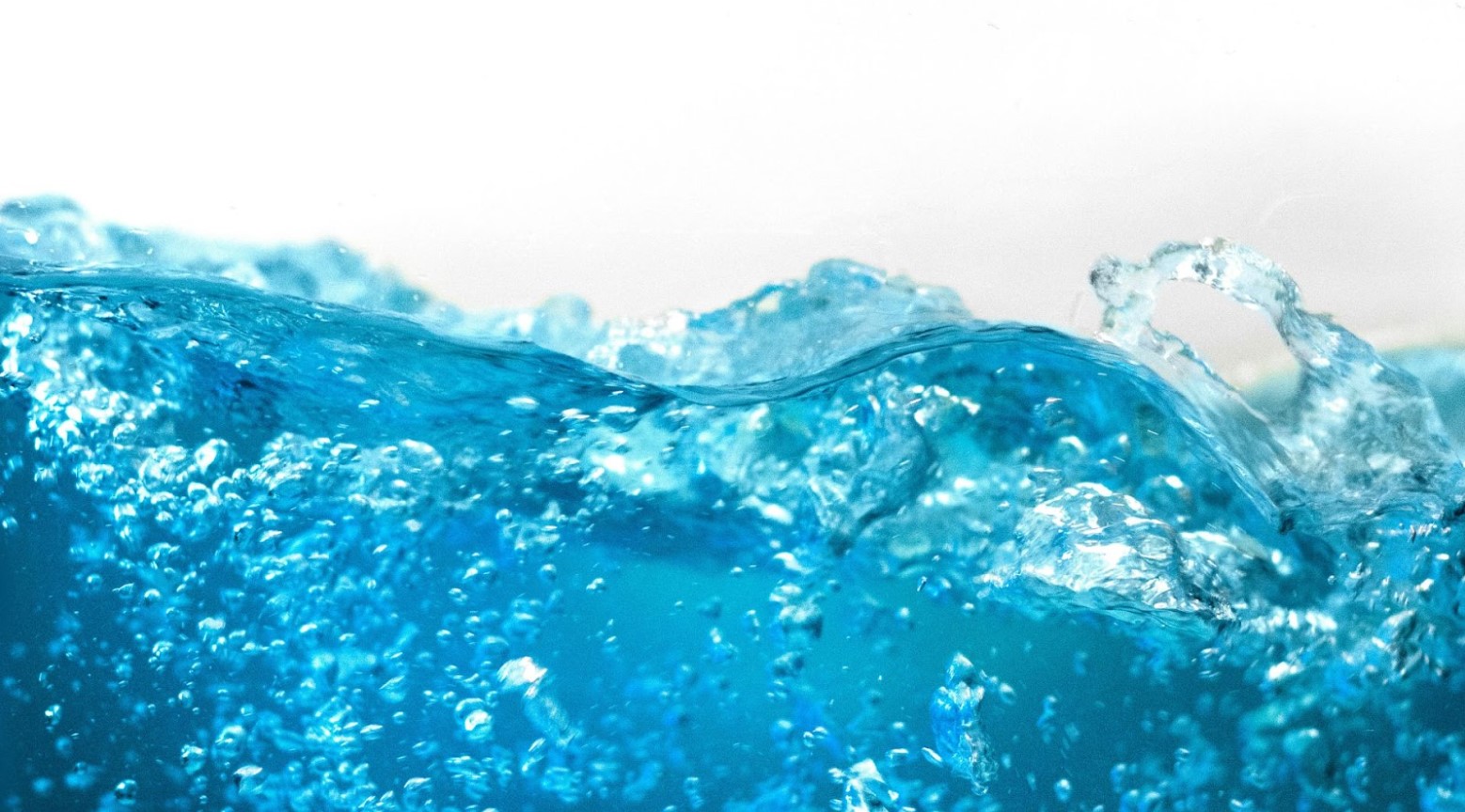
Source: Daniel Sinoca/Unsplash
As this water has been in this part of the world for billions of years, this isn’t necessarily a huge shock. However, for the team, it was added testimony to their discovery of the oldest water ever found on Earth.
Nothing New for the Professor
Many average people around the world would likely think twice before willingly ingesting water that has been around for billions of years. They would probably steer clear of making this decision, thanks to thoughts of sci-fi movie plot lines rolling around in their heads.
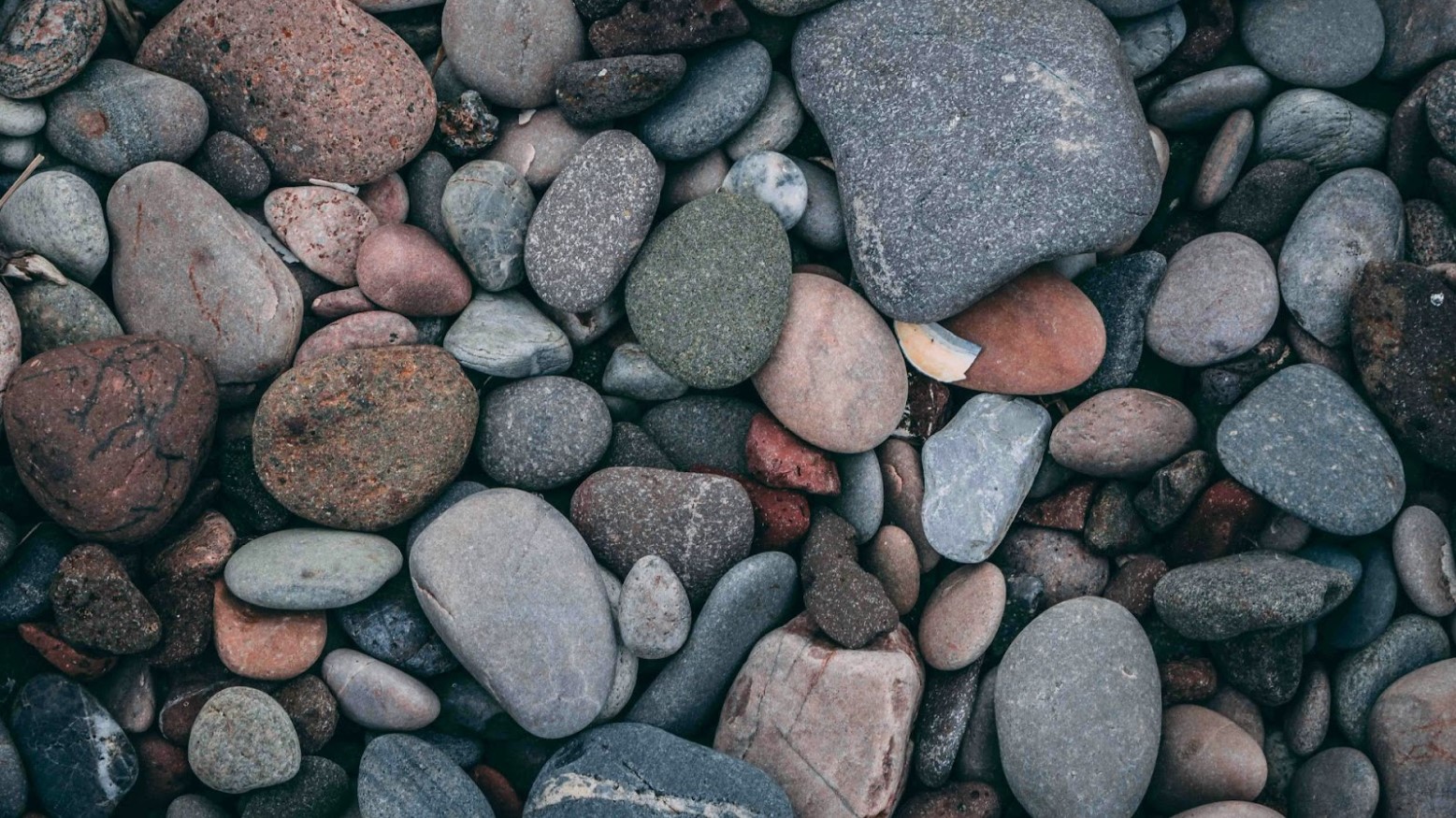
Source: Oliver Paaske/Unsplash
However, for Professor Sherwood Lollar, this was nothing too out of the ordinary. “If you’re a geologist who works with rocks, you’ve probably licked a lot of rocks,” she explained.
Analyzing Their Discovery
Once the old water was discovered, the team got to work analyzing it, trying to bring out more facts about their amazing finding. This eventually led to finding out that life had once been in the water.
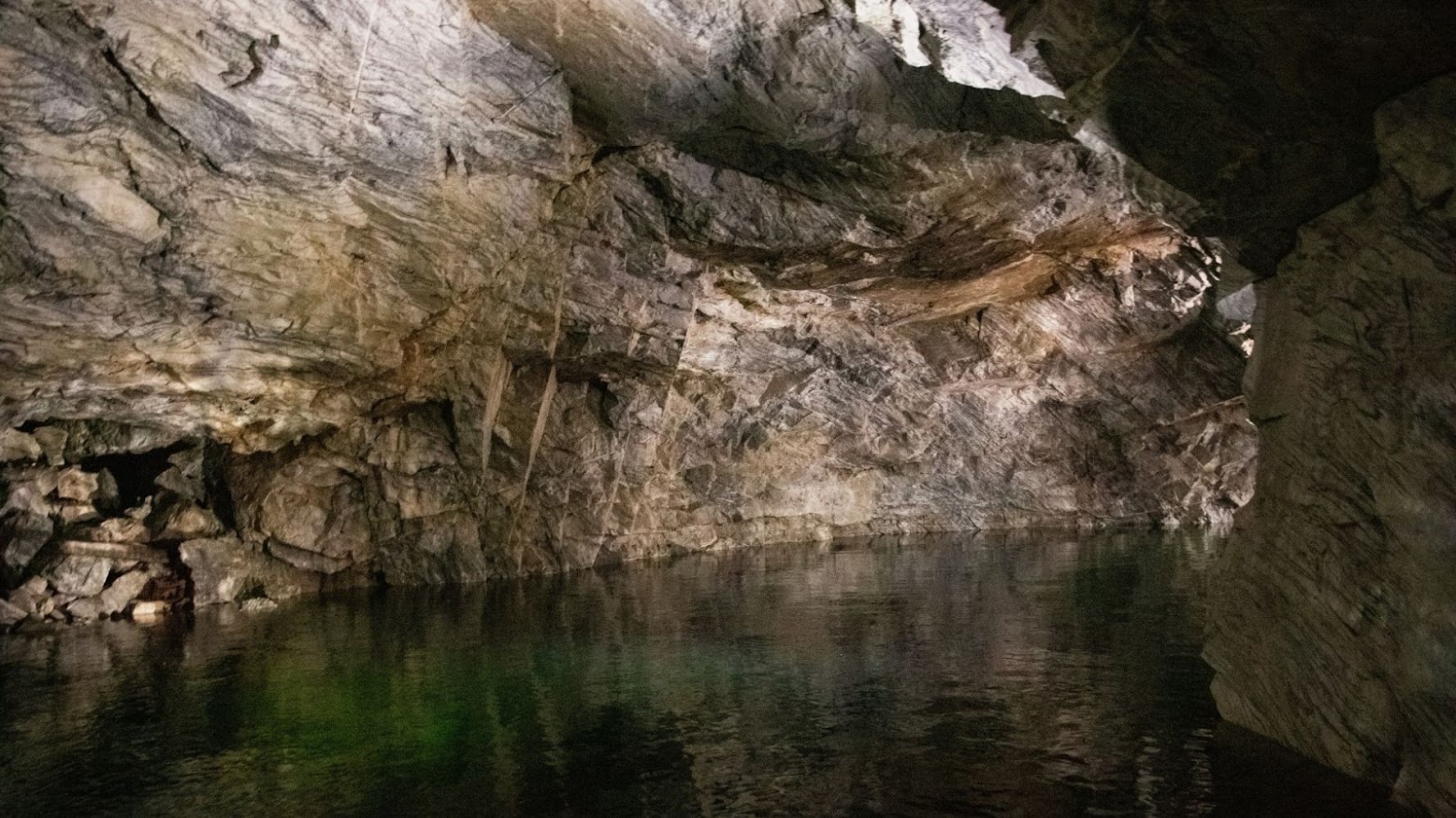
Source: Andy Vult/Unsplash
The discovery that life, at one point in time, had been present in this billion-year-old water is remarkable for many reasons.
Finding Salt
Sherwood Lollar and her team were able to clearly state that life had once been in the water by analyzing the sulphate, which is the composition of salts, in it.
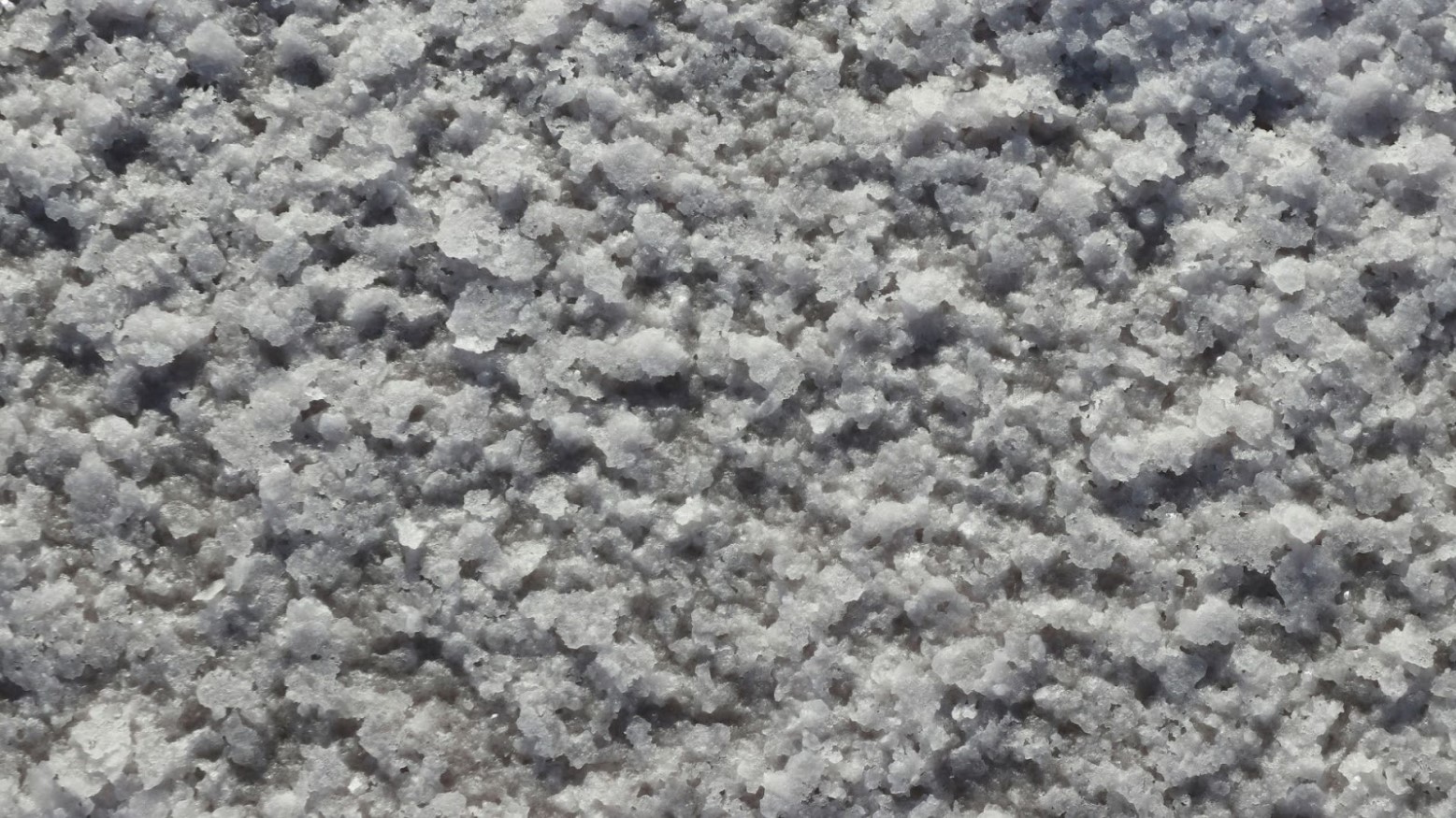
Source: Christian Bass/Unsplash
“We were able to indicate that the signal we are seeing in the fluids has to have been produced by microbiology – and most importantly has to have been produced over a very long time scale,” the team stated.
The History of This Water
The professor and her team also explained that the results of their analysis only would have appeared if life existed in the water over a long period of time. If this hadn’t been the case, then they wouldn’t have the results they do.
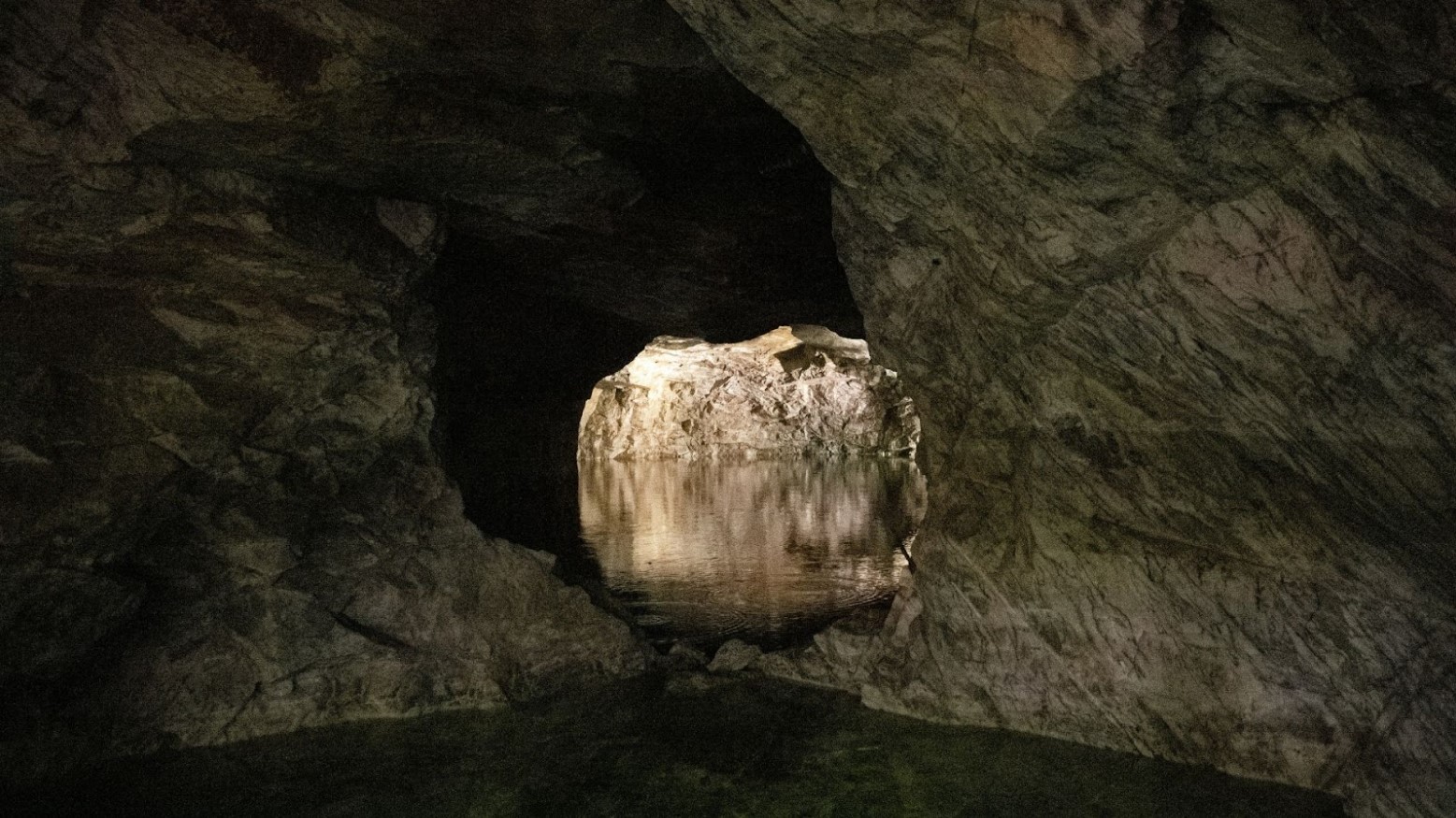
Source: Andy Vult/Unsplash
“The microbes that produced this signature couldn’t have done it overnight,” they explained. “This has to be an indication that organisms have been present in these fluids on a geological timescale,” they added.
Life on Other Planets?
Intriguingly, the research done on this water could potentially help scientists better understand if life exists on other planets. Chris Ballentine, a professor of geochemistry at the University of Manchester, and the senior author on this study, explained this thinking.

Source: NASA/Unsplash
“Equally on somewhere like Mars, any life that formed could have found its way into similar pockets of water in the Martian crust, and our work shows that these pockets of water can survive and provide a place for the life to have survived long after the surface of Mars lost its water and became sterile,” Ballentine stated.
